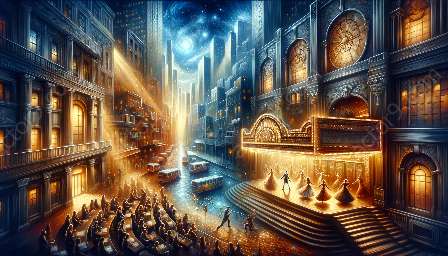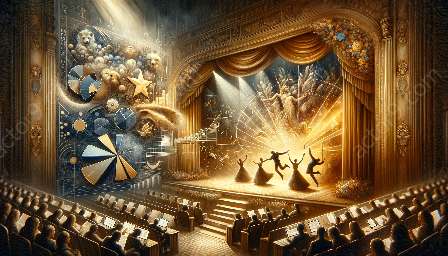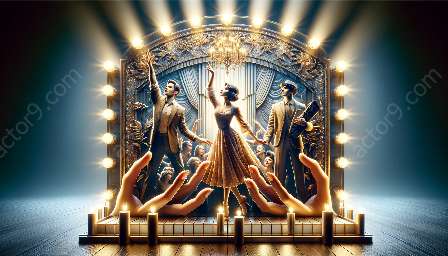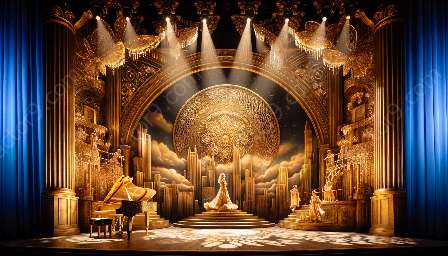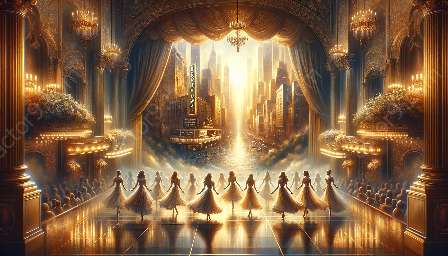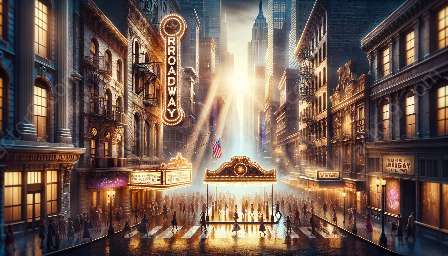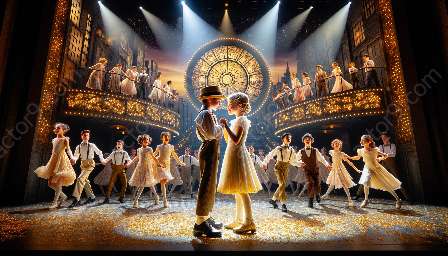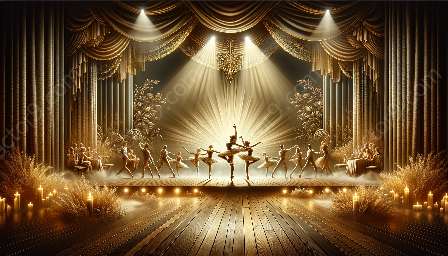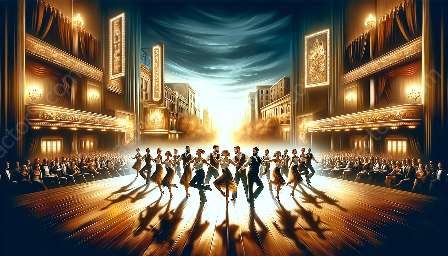When it comes to Broadway performances, actors must not only master the art of stage presence and emotive storytelling, but also adapt to the intricate technical aspects that define the magic of live theater. This topic cluster will delve into the intersection of Broadway acting techniques and the technical demands of musical theater, providing a comprehensive exploration of the challenges and strategies for adapting to the technical aspects of Broadway performances.
Broadway Acting Techniques
The foundation of successful Broadway performances lies in the mastery of acting techniques that bring characters and narratives to life on stage. From method acting to physical expression, Broadway actors must draw from a diverse range of skills to connect with audiences and convey emotions authentically. Through a blend of vocal projection, movement, and nuanced gestures, performers craft compelling portrayals that captivate theatergoers.
Moreover, Broadway acting techniques often encompass the ability to adapt to various stage settings and performance styles. Whether in a grand musical production or an intimate theater space, actors must demonstrate versatility and adaptability, enriching their performances to suit the unique demands of each show.
The Technical Demands of Broadway & Musical Theater
Parallel to the artistry of acting, Broadway and musical theater entail a complex web of technical elements that contribute to the seamless execution of performances. Lighting design, sound engineering, set construction, and costume coordination all play pivotal roles in elevating the storytelling experience on stage. Within this intricate framework, performers need to synchronize their craft with technical cues, ensuring harmonious collaboration between the artistic and technical realms.
Moreover, the utilization of complex stage machinery and special effects underscores the need for performers to adapt to dynamic and sometimes unpredictable environments. From flying harnesses to pyrotechnics, Broadway actors must seamlessly integrate their movements and expressions with technical enhancements, maintaining the integrity of their character portrayals amidst the spectacle of musical theater productions.
Understanding the Interconnection
The interplay between Broadway acting techniques and the technical demands of musical theater highlights the multifaceted nature of stage performance. Successful adaptation to technical aspects not only requires actors to embody their characters with conviction but also to collaborate with technical teams, navigating the complexities of stagecraft and enhancing the overall production quality.
Furthermore, the ability to adapt to the technical intricacies of Broadway performances is a testament to the professionalism and dedication of Broadway actors. By seamlessly integrating with the technical elements, performers uphold the immersive nature of live theater, creating unforgettable experiences for audiences.
Strategies for Adaptation
To excel in adapting to the technical aspects of Broadway performances, actors often engage in rigorous training and preparation. This may involve rehearsals that specifically focus on coordinating with technical cues, as well as developing a deep understanding of the stage layout and intricacies of the production design.
Additionally, maintaining open communication with the technical teams and production crew is paramount in ensuring a cohesive and polished performance. By actively participating in technical rehearsals and observing the equipment and design elements, actors can anticipate and adapt to the technical challenges, fostering a collaborative environment that maximizes the impact of their performances.
Embracing a mindset of adaptability and flexibility, Broadway performers continuously hone their ability to seamlessly integrate with the technical aspects of their craft, elevating the overall cohesion and immersive quality of the production.





